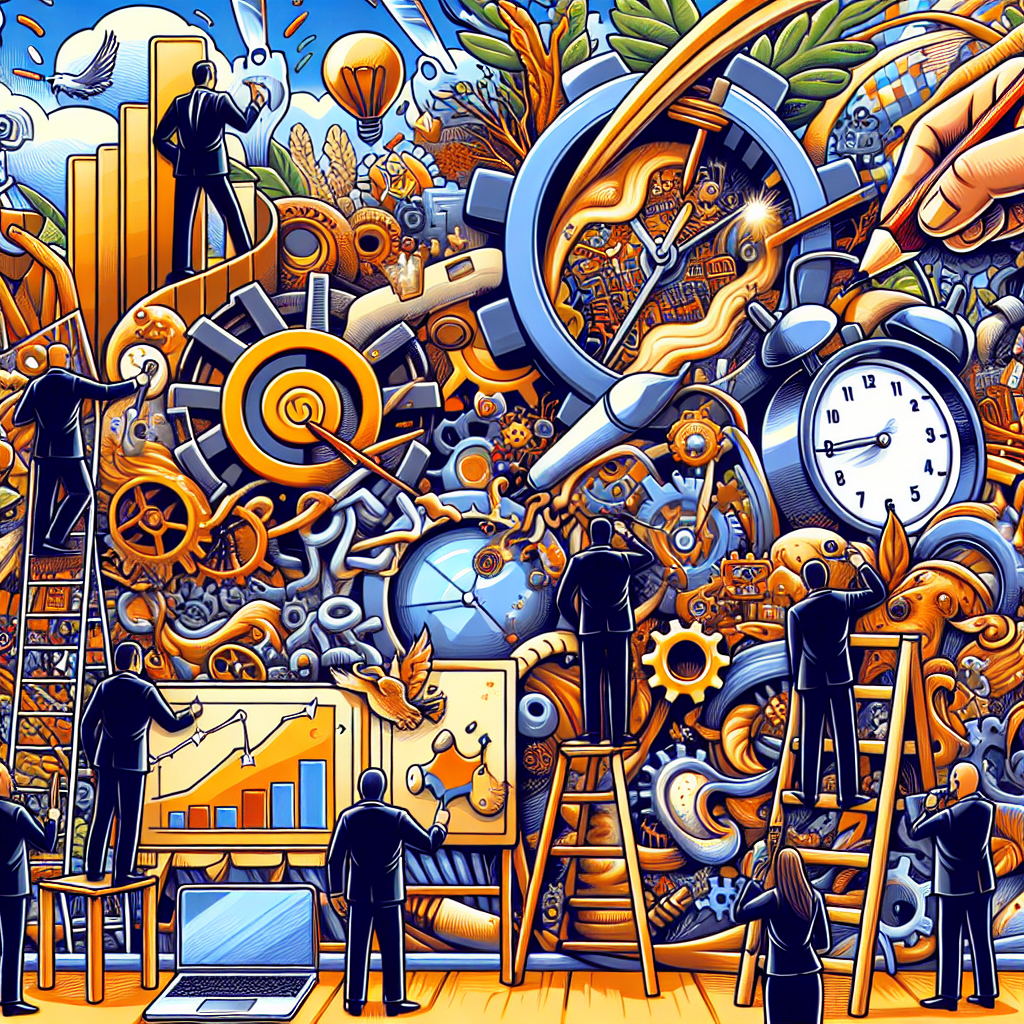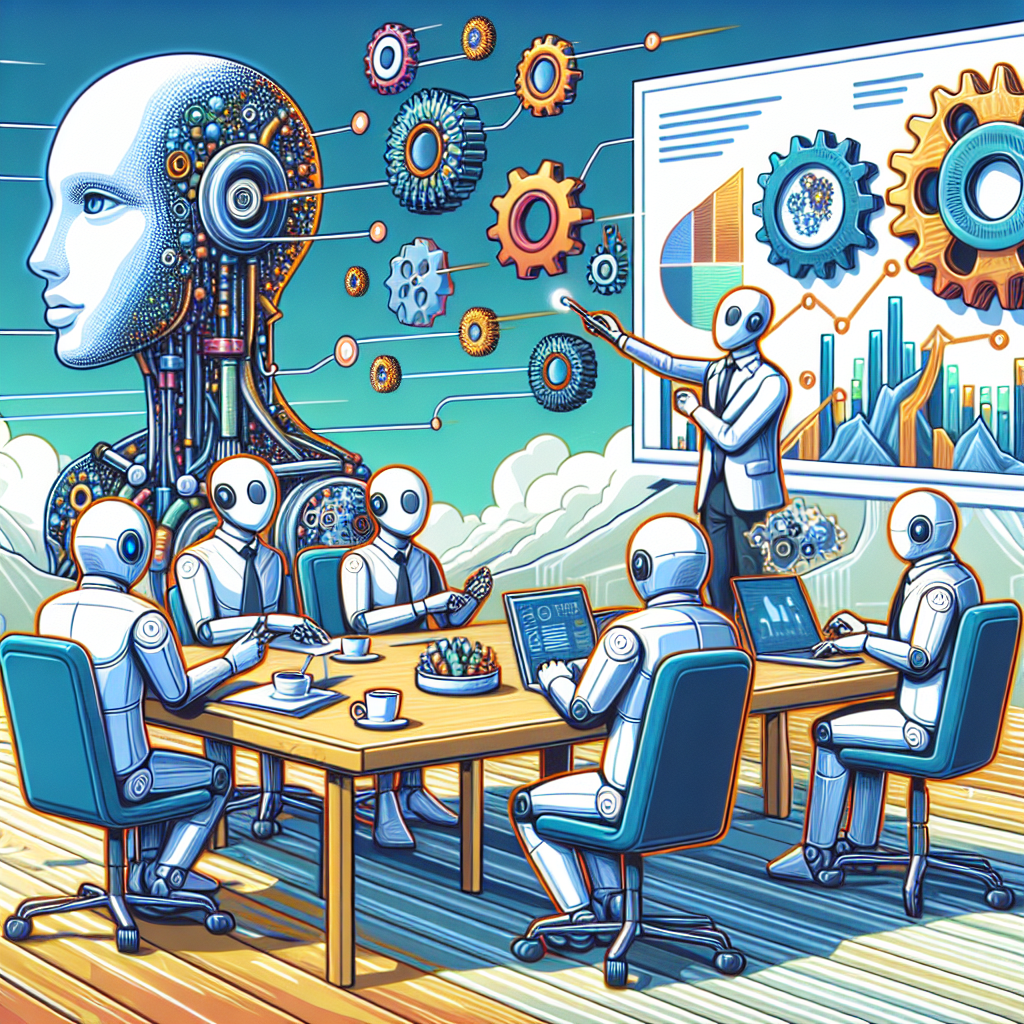Tag: Future Trends
As we approach Q4 of 2021, expectations are mounting over what the future might hold for the cryptocurrency ...
The GameFi Sector: A New Frontier The gaming industry and the financial world are on the verge of ...
Introduction Artificial Intelligence (AI) continues to make a significant breakthrough in modern technology. Among the notable game-changers in ...






